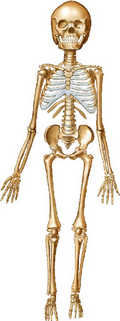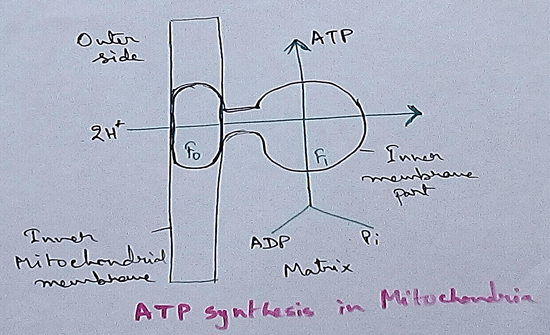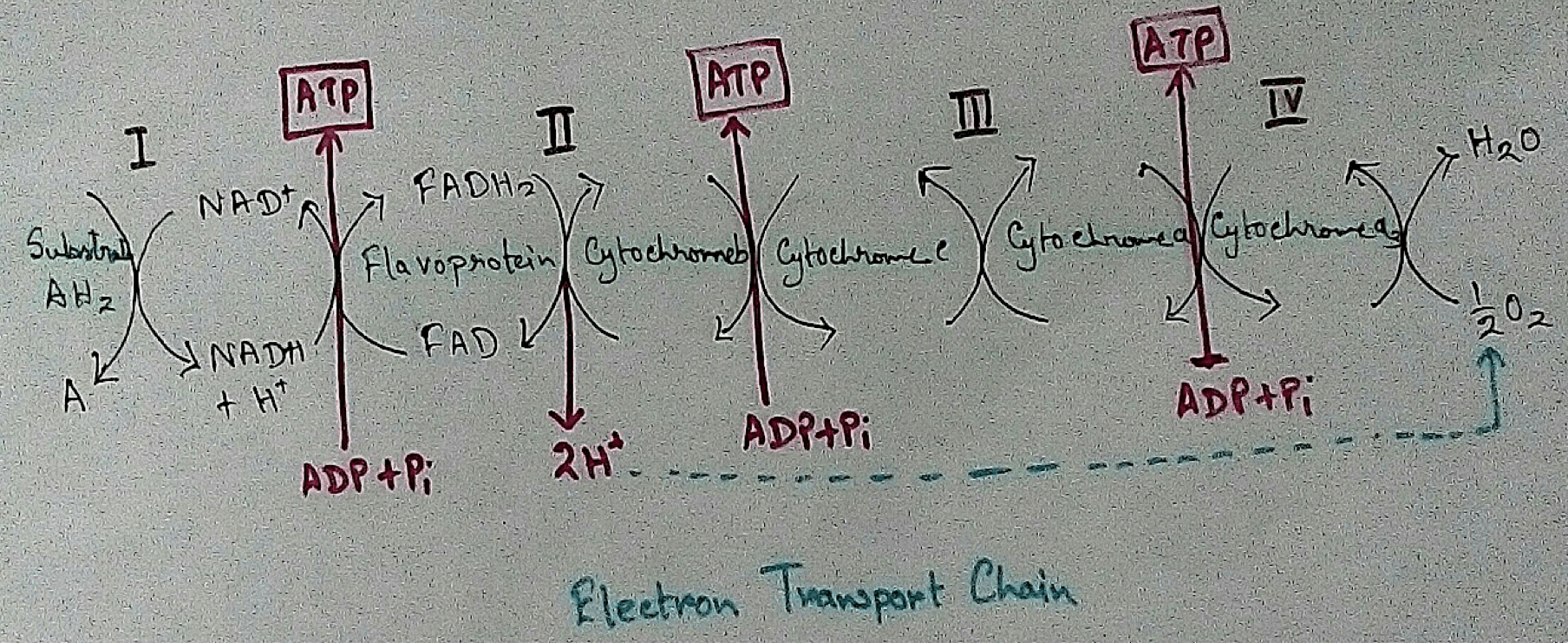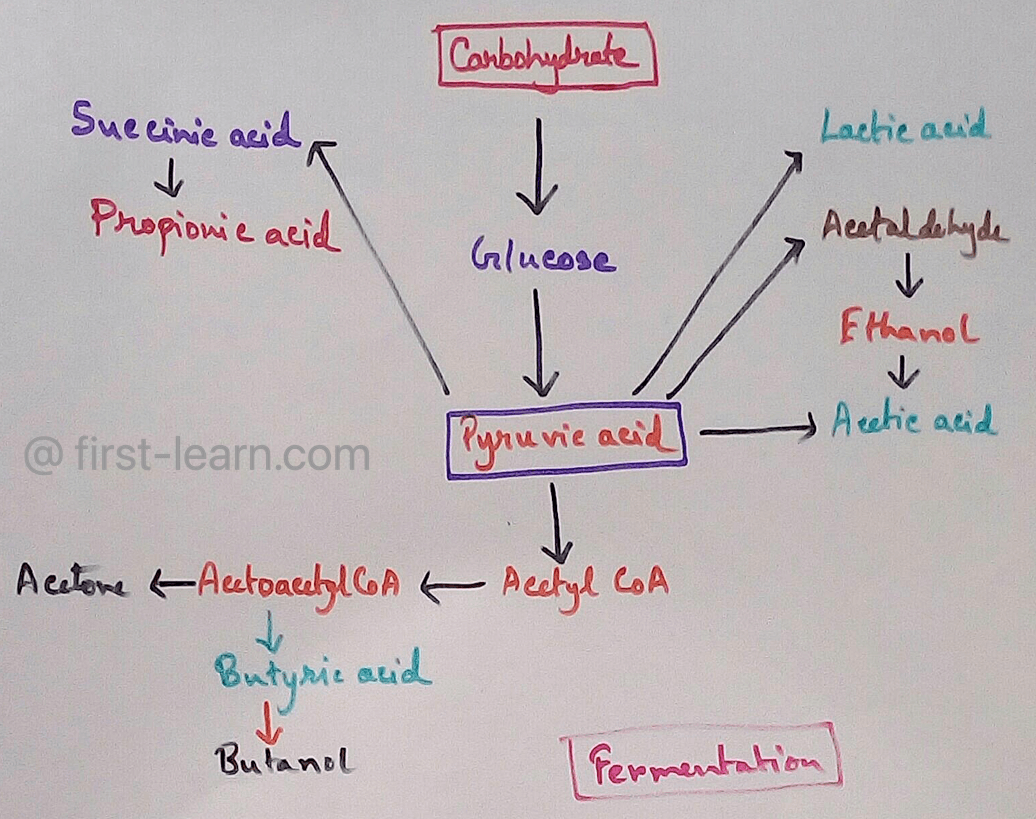Body Systems
We will learn about our different body systems.
A group of organs, working together to do some major work for our body, forms a system. The work is carried on in a very systematic manner from one organ to another. A body system keeps functioning whether we are awake or asleep.
Our body has several systems. Different systems help our body to perform different functions to live
These systems are:
(i) The Skeletal System
(ii) The Muscular System
(iii) The Respiratory System
(iv) The Digestive System
(v) The Circulatory System
(vi) The Excretory System
(vii) The Nervous System
(viii) The Reproductive System
Skeletal System:
The skeletal system is a framework of 206 bones. An adult human body has 206 bones.
|
They are joined together and form a framework called skeleton. It gives form, shape, size and support to our body. The bones help the body in movements. It also protects the soft organs inside our body. Our body cannot stand upright without a skeleton. The skull protects delicate organs like the brain and eyes. The ribs protect the lungs and heart. In the skeleton, there are many joints. A joint is a place where two or more bones meet. The joints help us to move our body parts. Actually, our bones are joined together in such a way that most of them are able to move over each other. So, we are able to blend, run, move, etc. |
Note: The largest bone in our body is the hip bone. In fact, it is made of six bones joined firmly together.
Muscular System:
Our body has more than 600 muscles. The ends of most of the muscles are joined to the bones. Along with the bones, muscles help the body to move, work and do other activities. Actually, our muscles pull our bones and make them move. Muscles also give shape to our body. So, they are responsible for all our body movements.
Respiratory System:
We all breathe to live. The organs involved in our breathing system are the nose, windpipe, and the lungs.
|
We breathe in air through the nose. While breathing air enters through our nose and reaches the lungs through the windpipe. The lungs take in oxygen from air and send it to blood. Oxygen reaches to the whole body through the blood. This oxygen burns the food we eat, to give us energy. The air breathed out contains more carbon dioxide and other impurities. The fine hair in the nose blocks the dust particles contained in the air. We must breathe through the nose and not through the mouth. Breathing purifies our blood and helps us to obtain energy. |
Note: We breathe about 22,000 times a day.
Digestive System:
The organs involved in this system are the mouth, food pipe, stomach and the small and large intestines.
When we are hungry we eat. The food we eat is digested by a group of organs that forms the digestive system. The conversion of food we eat is the process of digestion that changes food into a simple form.
The process of digestion begins with the chewing of the food with our teeth in the mouth. Saliva mixes with the food in the mouth. Saliva is a juice present in our mouth. This makes the food soft and easy to swallow.
|
Digestion starts in our mouth. From the mouth the food enters the food pipe and then goes into the stomach. The food stays in the stomach for a few hours and the food mixes with digestive juices. These juices are produced in the glands of the walls of the stomach. Here it changes into a thick liquid. A part of digestion takes place here. The food is completely broken down into a simple form in the small intestine. The digested food is absorbed by the blood. The undigested food passes into the large intestine and it comes out of the body through the anus as waste. |
Note: The digestive system from the mouth to anus is 9 meters long.
Circulatory System:
The heart, blood vessels and blood are involved in this system.
|
The heart pumps blood and the blood goes to all the parts of the body through small and large tubes called blood vessels. Blood circulation is very important for our life. Digested food and oxygen also reach the different organs of the body through these vessels. The blood supplies oxygen and nourishment. It is our circulatory system which carries back all the waste material from the different parts of the body. |
Note: The adult human body contains 5 to 6 litres of blood.
Excretory System:
We eat so many things every day. They form waste materials. The organs involved in this system are skin, lungs, kidneys and the large intestine. These organs help in removing the body wastes regularly because these waste materials are useless for our body. They must come out of our body otherwise they will cause us diseases. Our excretory system does this important work.
The skin throws out salt and water as sweat.
The lungs expel carbon dioxide and other impurities out of our body while breathing out.
The bean shaped organs called kidneys throw out waste material out of our body as urine. Our kidneys purify our blood.
The large intestine throws out solid waste (faeces) through the anus.
This keeps the body clean and healthy.
Nervous System:
As we know, different parts of our body perform different work for us. This system involves nerves, spinal cord and the brain. The brain controls and guides all the actions of all parts of the body.
The nervous system is connected to every part of the body. Messages are carried from and to every part of the body through the nerves. The brain and nerves form our nervous system. Our actions and reactions are all controlled by this system.
Reproductive System:
This system produces babies through different reproductive systems which men and women have. This system is responsible for existence of life on our Earth.
From Body Systems to HOME PAGE
Recent Articles
-
Respiratory Balance Sheet | TCA Cycle | ATP Consumption Process
Feb 18, 24 01:56 PM
The major component that produced during the photosynthesis is Glucose which is further metabolised by the different metabolic pathways like glycolysis, Krebs cycle, TCA cycle and produces energy whic… -
Electron Transport System and Oxidative Phosphorylation | ETC |Diagram
Feb 04, 24 01:57 PM
It is also called ETC. Electron transfer means the process where one electron relocates from one atom to the other atom. Definition of electron transport chain - The biological process where a chains… -
Tricarboxylic Acid Cycle | Krebs Cycle | Steps | End Products |Diagram
Jan 28, 24 12:39 PM
This is a type of process which execute in a cyclical form and final common pathway for oxidation of Carbohydrates fat protein through which acetyl coenzyme a or acetyl CoA is completely oxidised to c… -
Aerobic Respiration | Definition of Aerobic Respiration | Glycolysis
Dec 15, 23 08:42 AM
This is a type of respiration where molecular free oxygen is used as the final acceptor and it is observed in cell. Site of Aerobic Respiration - Aerobic respiration is observed in most of the eukaryo… -
Fermentation | Definition | Types of Fermentation | Application
Nov 29, 23 10:27 PM
Definition of fermentation- It is a process that is energy yielding process of anaerobic oxidation of organic compounds which are carried out by the enzyme action of micro organisms where neither gase…











New! Comments
Have your say about what you just read! Leave me a comment in the box below.